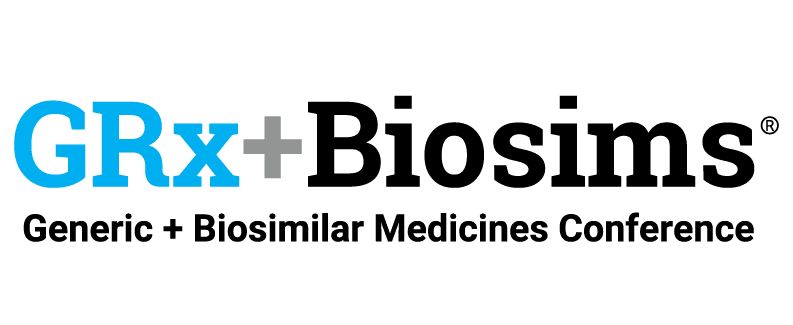This flawed, untested scheme will reduce future savings through lower cost generic and biosimilar medicines for America’s patients and employers. The Build Back Better Act’s negotiations framework severely erodes the incentives for generic and biosimilar development. Generic and biosimilar manufacturers will be less likely to incur the costs and risks associated with developing new generic and biosimilar medicines in the future, which will diminish market-based competition against brand-name drugs and reduce the opportunity for additional savings.
Millions of America’s patients are desperate for meaningful solutions that address the high-cost of brand-name prescription drugs. Unfortunately, the Build Back Better Act merely undermines the only part of our health care system that year after year lowers prescription drug costs – competition from generic and biosimilar medicines.
Attribution: Dan Leonard, President and CEO, AAM
MEDIA CONTACT:
Allen Goldberg
202.249.7110
About the Biosimilars Council
The Biosimilars Council, a division of the Association for Accessible Medicines (AAM), works to ensure a positive environment for patient access to biosimilar medicines. The Biosimilars Council is a leading source for information about the safety and efficacy of more affordable alternatives to costly brand biologic medicines. Areas of focus include public and health expert education, strategic partnerships, government affairs, legal affairs and regulatory policy. More information is available on our about page.
About AAM
AAM is driven by the belief that access to safe, quality, effective medicine has a tremendous impact on a person’s life and the world around them. Generic and biosimilar medicines improve people’s lives, improving society and the economy in turn. AAM represents the manufacturers and distributors of finished generic pharmaceuticals and biosimilars, manufacturers and distributors of bulk pharmaceutical chemicals, and suppliers of other goods and services to the generic industry. Generic pharmaceuticals are 90 percent of prescriptions dispensed in the U.S. but only 20 percent of total drug spending.
